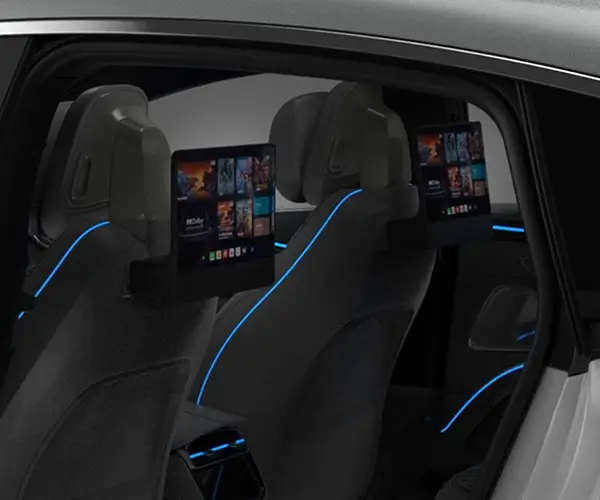Certainly! Here is the first part of the soft article focused on "how to connect a servo motor to Arduino Nano." This part introduces the basics, components needed, and a step-by-step guide to get started. The second part will delve deeper into troubleshooting, advanced techniques, and creative applications.

Embarking on a journey into robotics and automation begins with mastering the basics — and one of the most fundamental skills is understanding how to connect a servo motor to a microcontroller like the Arduino Nano. Whether you're aiming to build a robotic arm, a camera pan system, or a simple automated device, the servo motor provides precise control over angular position, making it an invaluable component in your toolkit.
Understanding what a servo motor does helps clarify why it's often chosen for projects that require controlled movement. Unlike regular motors that spin freely and need additional electronics for position control, a servo motor has an internal control board. This built-in control circuitry allows it to hold a position, rotate to specific angles, and respond accurately to signals from a microcontroller.
What You'll Need
Before diving into the wiring, gather your components:
Arduino Nano: The compact and versatile microcontroller board that manages the control logic. Servo Motor: Typically a standard size (e.g., SG90 or MG90S), but compatible with your project's torque and size requirements. Power Supply: For most small servos, a 5V power source is sufficient, but larger ones might need an external power adapter. Jumper Wires: Male-to-male jumper cables for connecting components. Breadboard (optional): For prototyping and easier connections. Resistors, if needed: Sometimes used for signal conditioning, though generally not necessary for basic setups.
Understanding the Wiring
A servo motor generally has three wires:
Power (VCC): Usually red. Ground (GND): Usually black or brown. Signal (PWM control): Usually yellow, white, or orange.
The Arduino Nano has dedicated pins for GND, VCC (5V), and Digital PWM output pins that can send control signals to the servo.
Step-by-Step How-To
Connect the Power and Ground Connect the servo's VCC (red) wire to the Arduino Nano's 5V pin. If your servo demands more current, consider using an external power supply, but ensure grounds are common. Connect the servo's GND wire to the Nano's GND pin. This common ground ensures proper voltage reference. Connect the Signal Pin Choose a PWM-capable digital pin on the Nano, such as D9 or D6. Connect the servo's signal wire to this pin. Power Considerations For small servos like the SG90, powering directly from the Nano's 5V pin generally works. However, for larger servos or multiple servos, an external power supply with a common ground is recommended to prevent overloading the Nano's regulator. Upload the Basic Code
Once wired, the next step involves programming your Arduino Nano to control the servo.
Sample Code to Control the Servo
#include Servo myServo; void setup() { myServo.attach(9); // Attach servo control to digital pin 9 } void loop() { for (int pos = 0; pos <= 180; pos += 1) { // go from 0 to 180 degrees myServo.write(pos); delay(15); // wait 15ms for the servo to reach the position } for (int pos = 180; pos >= 0; pos -= 1) { // back from 180 to 0 degrees myServo.write(pos); delay(15); } }
Testing Your Connection
Upload the code and watch your servo motor move smoothly back and forth. If it responds correctly, congratulations — you've successfully connected and controlled a servo motor with your Arduino Nano!
Safety Tips
Avoid powering multiple servos directly from the Nano unless you're sure of the current limit. Always disconnect power when wiring to prevent accidental shorts. Use appropriate resistors or shielding if needed for sensitive signals.
Summary
Connecting a servo motor to an Arduino Nano is one of the simplest yet most rewarding electronics projects. It introduces essential concepts such as PWM control, circuit wiring, and microcontroller programming. Start with small, lightweight servos, ensure your power supply can handle your motor's current demands, and give yourself room to experiment with movement angles and control methods.
In the next part, we'll explore more advanced topics like troubleshooting common issues, integrating sensors for reactive control, and creative project ideas that leverage servo control to create interactive and functional robotics.
Established in 2005, Kpower has been dedicated to a professional compact motion unit manufacturer, headquartered in Dongguan, Guangdong Province, China.




































